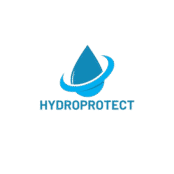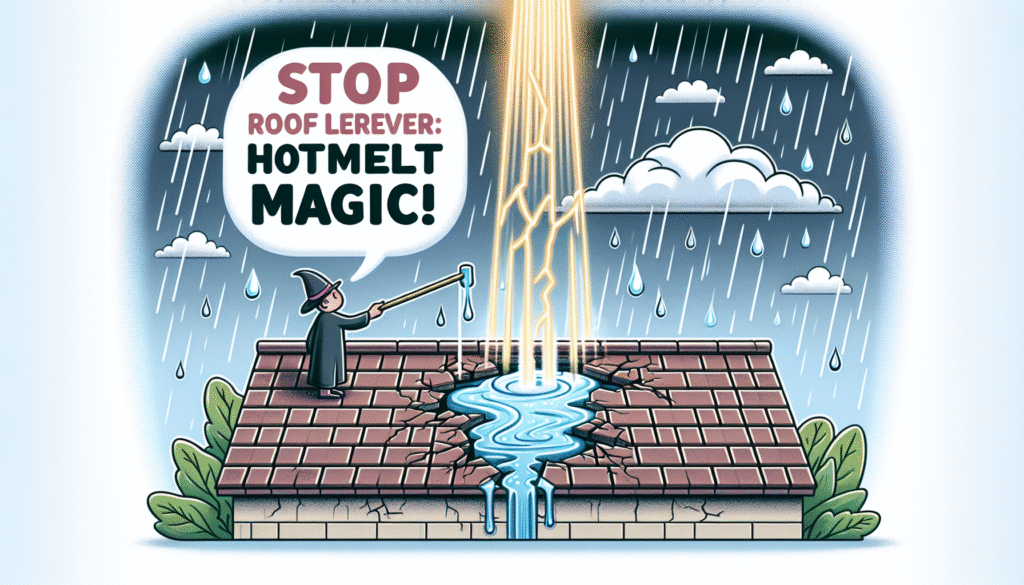Understanding Hotmelt Roof Waterproofing
Hotmelt roof waterproofing is revolutionizing the way warehouses, halls, and commercial properties manage rainwater seepage and weatherproofing. For property owners and developers seeking a long-lasting and reliable solution, hotmelt technology offers unparalleled advantages over traditional methods. By incorporating layers of bitumen membranes fused together with heat, hotmelt systems create robust and water-resistant barriers that are adaptable to various roofing designs.
The primary ingredient of a hotmelt system is oxidized bitumen, modified with polymers to provide superior flexibility and strength. This combination makes it highly resistant to environmental wear and tear, offering a lifespan that can easily stretch over several decades. For those managing large real estate portfolios, understanding this technology can lead to significant cost savings and reduced maintenance efforts over the lifespan of a building.
Advantages of Hotmelt Waterproofing Systems
Hotmelt roofing systems are fast becoming the insulation solution of choice, not just because of their durability, but also due to the numerous other benefits they offer. Below are some of the core advantages that make hotmelt systems a superior choice for hall and warehouse owners:
Long-Lasting Durability
The inherent strength and flexibility of hotmelt membranes ensure that they can withstand extreme weather conditions and physical stress. Properties located in areas prone to heavy rain, snow, or high temperatures will find hotmelt systems especially beneficial. Unlike traditional waterproofing solutions that may deteriorate over time, hotmelt provides a reliable seal, preventing water ingress and safeguarding the structure underneath.
Eco-Friendly and Sustainable
In an age where sustainability is at the forefront of construction innovation, hotmelt systems align with environmental goals by using recycled materials in their composition. Additionally, their durability leads to fewer replacements and repairs, reducing the amount of waste generated over a building’s lifetime. Their reflective properties can also contribute to energy savings by maintaining cooler building interiors, further augmenting their eco-friendly status.
Implementing Hotmelt Systems: A Step-by-Step Guide
For property managers and construction teams, proper implementation of hotmelt systems is crucial to harness their full potential. The application process involves several key stages that must be adhered to for optimal performance.
Preparation and Inspection
Before installation begins, the surface of the roof must be cleaned and inspected for any damage. This ensures that the hotmelt application is administered over a clean and stable substrate, preventing potential adhesion issues or uneven layers.
Layering and Application
The hotmelt compound is applied using specialized heating equipment to the surface, followed by the application of reinforcement fleece. These layers are then sequentially built up to complete the system, creating a monolithic barrier that is both waterproof and highly compressive resistant. This process ensures a seamless finish across complex surfaces and junctions, offering lasting protection against potential ingress points.
Maintenance Tips for Hotmelt Roofs
Despite their robust nature, regular maintenance checks are essential in safeguarding the integrity of a hotmelt waterproofing system. Here are some maintenance tips to ensure its longevity:
- Conduct regular inspections to identify early signs of wear or damage.
- Ensure drainage systems are clear of debris to prevent water accumulation and potential damage.
- Check for the integrity of seams and flashing, particularly after severe weather events.
- Engage professional services for periodic assessment and potential repairs.
By adhering to these maintenance practices, property managers can enhance the durability and performance of their hotmelt roofing systems.
Summary
Hotmelt roof waterproofing stands as a formidable technology in the pursuit of durable, eco-friendly, and cost-effective roofing solutions. With benefits such as extended durability, sustainability, and resistance to harsh weather conditions, hotmelt systems provide a comprehensive solution for properties in need of reliable waterproofing. Through proper preparation, meticulous application, and regular maintenance checks, hall and warehouse owners can ensure their properties remain protected for decades, significantly enhancing the value and longevity of their investments.

